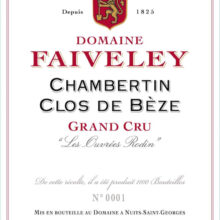
Product information
Domaine Faiveley ‘Clos De Bèze Ouvrées Rodin’ Grand Cru 2022
Pinot Noir from Gevrey-Chambertin, France, Côte-de-Nuits, Burgundy
$3,011
Description
I had Faiveley’s 2015 Latricières Chambertin recently, delicious, perfumed elegant and refined. Along with the 2015, I devoured a brace of 2016’s from across the appellations. They are really stepping up their game, the investments in the vineyard and winery are a testament to this.
Note: The ‘Clos De Bèze Ouvrées Rodin’ is a selection of the oldest vines in one of their 3 parcels. This wine consistently outscores the ‘standard’ Clos de Bèze. 2014 95-97, 2015 94-97, 2016 94-97, 2017 93-96, 2018 94-97, 2020 94-96
Burghound
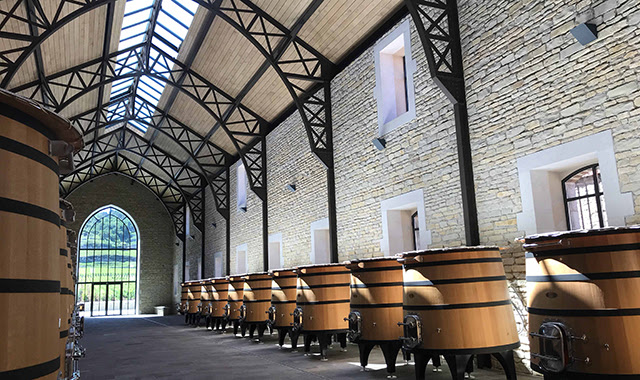








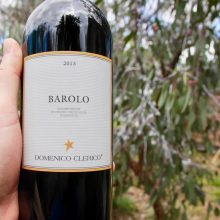
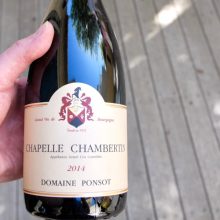
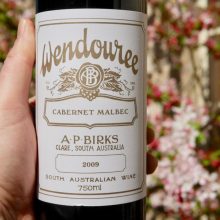
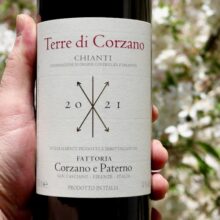
You must be logged in to post a comment.